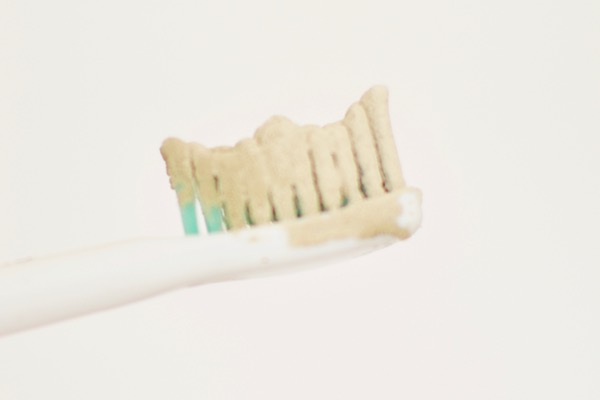Can a yeast infection kill you? You’re not the first one to wonder.
Yeast infections are known to be an irritation for women, but that’s usually it: they’re just an irritation. They can stop you from enjoying intercourse for a few weeks, cause some itching, burning, and discomfort, but not much else. However, there may be a new strain of Candida that could prove fatal!
But, can a yeast infection kill you in reality?
According to an article from NBC News, four people have already died from this new strain of Candida yeast. Considering that only 13 people have suffered from the infection, that’s nearly a 30% mortality rate. Not something to joke about!
The yeast is called Candida auris, and belongs to the same family of fungi as your basic yeast infection (Candida albicans). It was initially discovered in 2009 in Japan, and it has only cropped up in a “handful” of countries around the world since then.
However, earlier in 2016, the CDC asked doctors to be on the lookout for this infection. It was discovered in a number of hospitals around the country. Four patients in hospitals in Maryland, New Jersey, and New York died.
One thing to take note of: the infection was ONLY fatal for those who were already very ill. One of the patients had contracted a catheter infection, and the infection persisted even after regular treatment. Another of the patients had a brain tumor, and two more suffered from blood cancer. The infection was simply the “straw that broke the camel’s back”. The compromised immune systems of these patients were unable to fight off the infection. Thus, what should’ve been something simple and little more than irritating proved fatal.

READ MORE: Yeast Infection in Men: Wait, What?
The reason the CDC asked doctors to look for this yeast infection was due to the fact that the fungi have proven to be antibiotic-resistant. Five of the seven strains of candida isolated proved resistant to the one of most commonly used antifungal drugs. Two of the strains resisted multiple antifungal and antibiotic medications. These medicine-resistant strains of the yeast infection can be much harder to treat, and thus much harder to prevent the infection from spreading.
The Candida auris fungi can usually be found on the skin and throughout the body. The yeast tends to be harder to eliminate than a simple yeast infection, and can increase the risk of complications. The infection can often set in as a result of other infections. After all, it’s only when the immune system is compromised that fungi are able to flourish. Normally, the beneficial bacteria in our bodies are able to keep yeast and harmful bacteria under control. But when that beneficial bacteria is reduced by antibiotics (used to treat other conditions), our bodies are no longer able to protect themselves.
The good news is that the fungi can be killed off with something as simple as bleach. After hospital staff used a solution of sodium hyperchlorite, they could find no traces of the Candida yeast in the hospital rooms.
If you’re worried that a simple yeast infection could turn fatal, don’t worry. You can stop googling “can a yeast infection kill you?” because the answer is easy: it’s unlikely.
While the Candida auris yeast is in the same family as the Candida albicans fungi that causes yeast infections, it’s a different strain. Your simple yeast infection isn’t going to transform into a killer fungi. However, it’s vital that you treat your infection ASAP. After all, the infection is a sign of a compromised immune system. Without your body’s defenses, you may be more susceptible to infections in the future. Your health depends on proper immune function!








